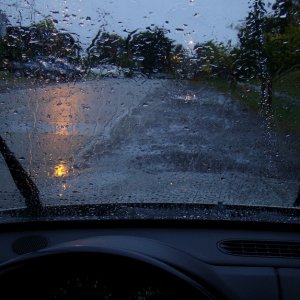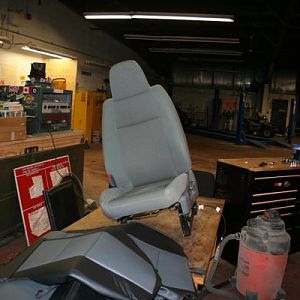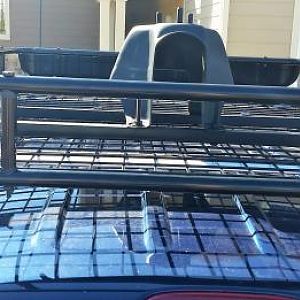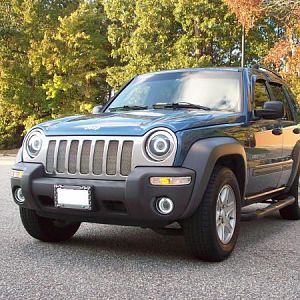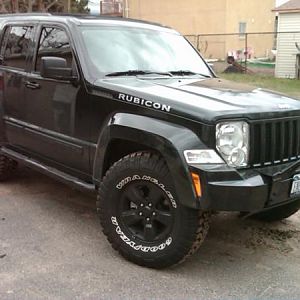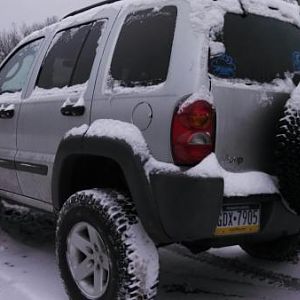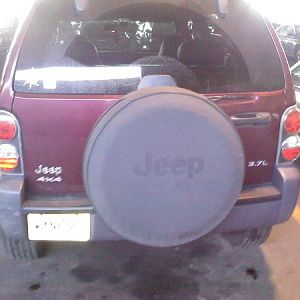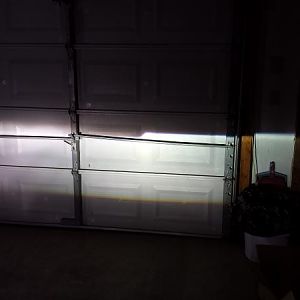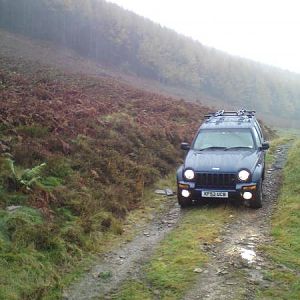ThunderbirdJunkie
Bronze Supporter
The last time that happened to dude it was a bad head gasket leaking coolant into the oil. Check your dip-stick for water bubbles as well to be absolutely sure you are not leaking coolant into the oil. No other vehicle of dude's has ever shown that milky deal; only the one that had a bad head gasket. I do not have that on my fill with about 70 thousand miles and never seen that- just be a little cautious.
Just FYI, this is common on all Mopars with the huge oil filler. It happened back when ThunderbirdJunkie first got his KJ but it hasn't happened in about 75,000 or so.
No leaking head gasket here, either


